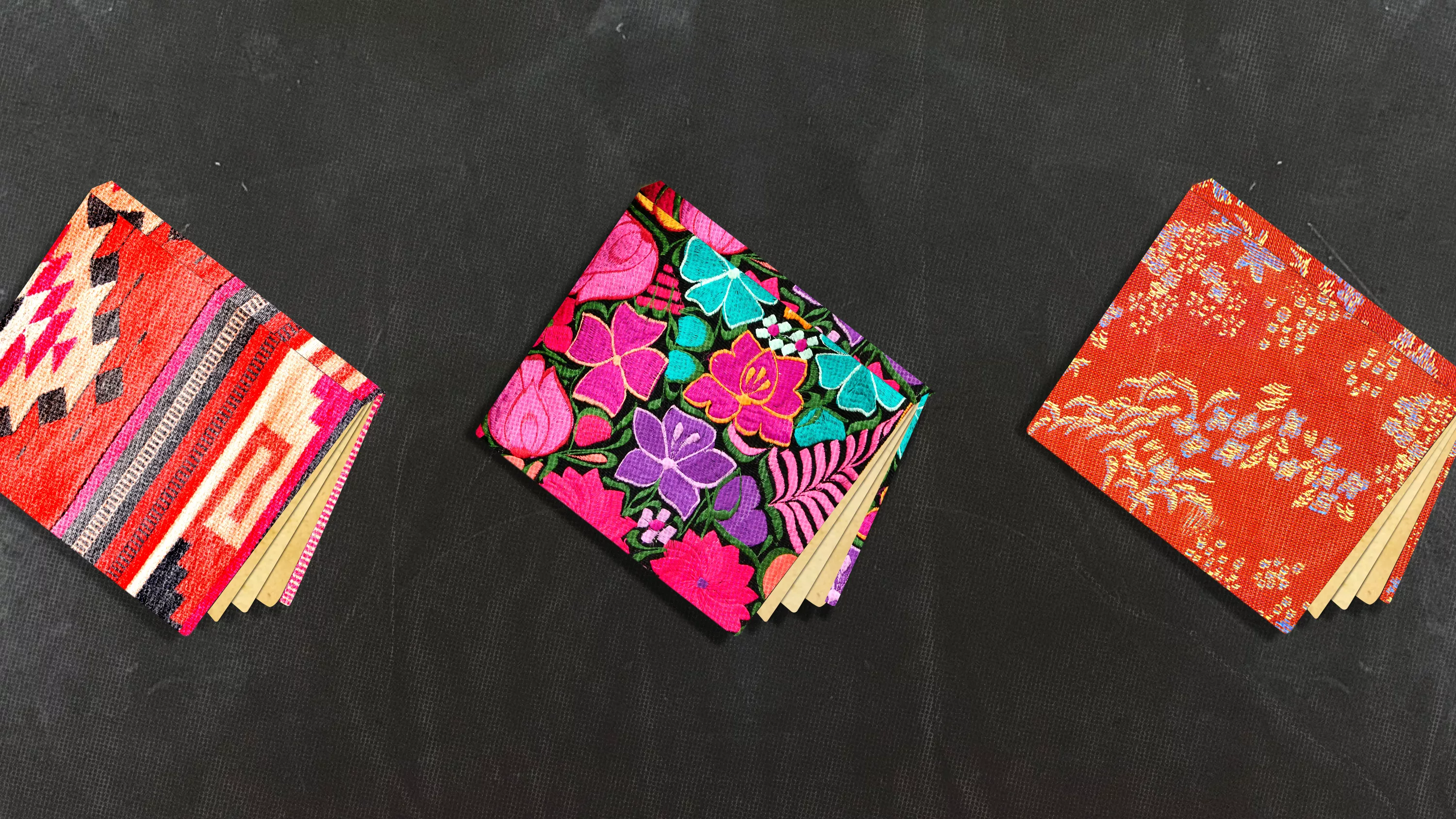
Why a group of multi-ethnic editors began working on a new commentary of the New Testament.
I was sitting in a coffee shop, books taking up too much space on the tiny table in front of me, bemoaning the lack of attention the academy paid to the Black church and the distinctive interpretative habits of African American church leaders and scholars. My time in religious higher education had signaled, in ways large and small, its belief that the tradition that shaped me had little to say to the rest of the world.
The important ideas and trends arose in Europe or white North American spaces—Black Christians, on the other hand, were historically deemed theologically simplistic or dangerous. But I longed for people to know the tradition as I experienced it: life-giving, spiritually robust, and intellectually stimulating. We had wrestled with God and found our way toward faith in the context of anti-Black racism often perpetuated by other Christians. I wanted to make that story and the fruits of our labor known. I still do.
While I sipped my coffee, I was struck by an idea that served as the genesis for The New Testament in Color: A Multiethnic Commentary on the New Testament. I often complained about white scholars neglecting African American voices, but I knew little about Asian American biblical interpretation, its theological and historical developments, and the gifts it offered to the body of Christ. The same was true regarding Latino interpretation and the Bible-reading habits of First Nations and Indigenous peoples.
In some ways, I was a hypocrite. I wanted people to attend to the contributions of my community without being similarly invested in others. I needed to spend less time complaining and more time listening. The New Testament in Color thus began with that insight. It was a hope …

